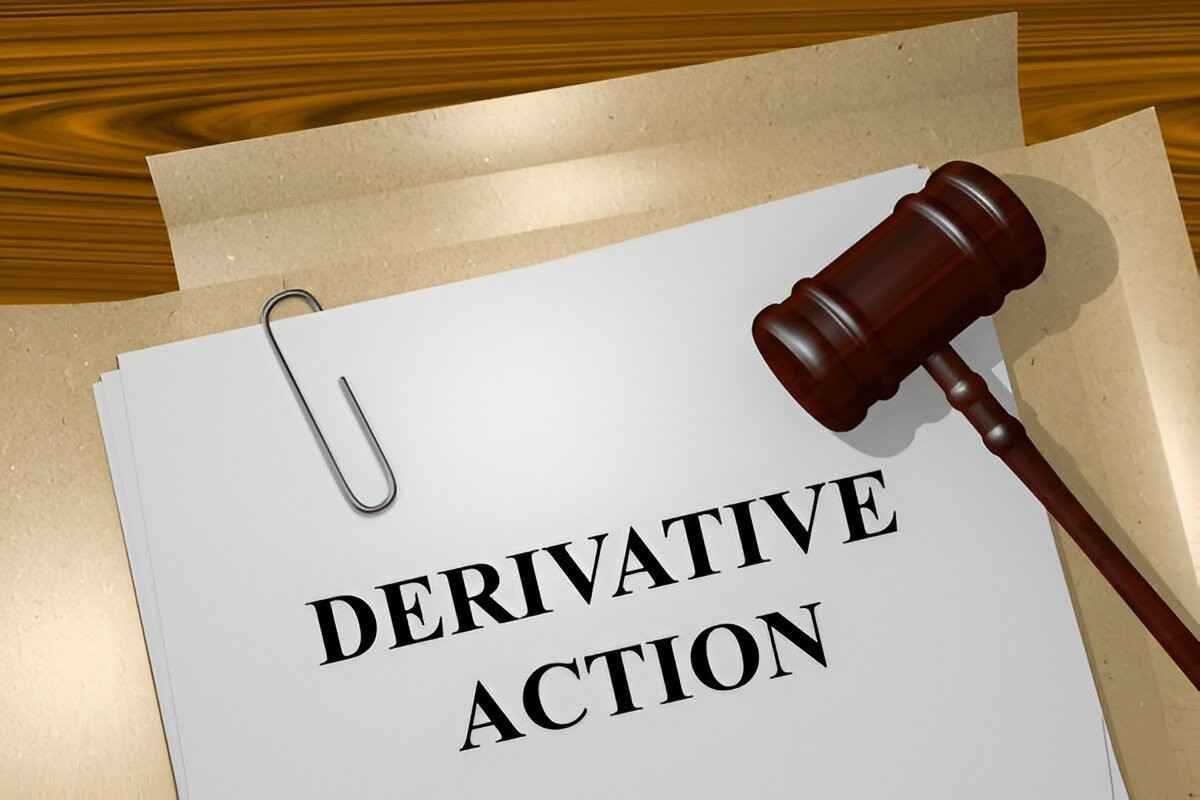Derivative action is a legal mechanism that allows shareholders to sue on behalf of a corporation. This typically occurs when a company’s management or board of directors fails to take appropriate action to address a wrong done to the company. In such cases, shareholders can step in to protect the interests of the corporation, seeking to remedy harm that affects the company as a whole.
Table of Contents
Key Features of Derivative Action
- Shareholder Initiative: Shareholders bring the lawsuit, not the company’s management.
- Corporate Benefit: The lawsuit aims to benefit the corporation, not individual shareholders.
- Legal Standing: Only shareholders with a significant stake or longstanding interest in the company can typically bring a derivative action.
Importance of Derivative Action
Protecting the Corporation
- Accountability: Ensures that the company’s management and directors are held accountable for their actions.
- Corporate Governance: Enhances good governance by allowing shareholders to step in when management fails.
Safeguarding Shareholder Interests
- Indirect Protection: While the lawsuit is on behalf of the corporation, it indirectly protects the shareholders’ interests by addressing mismanagement or fraud.
- Preventing Abuse: Prevents directors from abusing their power and harming the company.
Legal and Financial Implications
- Recovery of Losses: Seeks to recover financial losses caused by wrongdoing.
- Deterrence: Acts as a deterrent against future mismanagement or fraud.
Types of Derivative Action
Common Types of Claims
- Breach of Fiduciary Duty: When directors or officers fail to act in the best interests of the corporation.
- Fraud: When there is intentional deception to cause financial harm to the company.
- Mismanagement: When the company’s assets are misused or its operations are poorly managed.
Legal Processes Involved
- Demand Requirement: Shareholders must typically request the board to address the issue before filing a lawsuit.
- Court Approval: The court must approve the lawsuit, ensuring it is in the best interest of the corporation.
- Litigation: The lawsuit proceeds through the court system, often involving significant legal processes and documentation.
Example of Derivative Action
Hypothetical Scenario
Imagine a company, XYZ Corp, where the board of directors has been accused of misusing corporate funds for personal expenses. The shareholders are concerned that the board’s actions are harming the company’s financial health and reputation.
Steps Taken
- Demand Letter: Shareholders send a formal demand to the board, requesting them to address the misuse of funds.
- Board Response: The board ignores the demand, failing to take any corrective action.
- Filing the Lawsuit: Shareholders file a derivative action, seeking legal intervention to recover the misused funds and hold the directors accountable.
- Court Approval: The court reviews the case, ensuring it meets the criteria for a derivative action and grants approval to proceed.
- Litigation Process: The case goes to trial, and if the shareholders win, the directors are ordered to repay the misused funds, and measures are put in place to prevent future misuse.
Outcome
The lawsuit benefits XYZ Corp by recovering the lost funds and improving corporate governance. The shareholders indirectly benefit as the company’s financial health and reputation are restored, potentially increasing the value of their shares.
Real-World Example
Oracle Corporation Derivative Action
In 2019, Oracle Corporation faced a derivative lawsuit filed by shareholders alleging that the company’s executives and board members were involved in improper practices related to stock options. The shareholders claimed that the executives had manipulated the grant dates of stock options to benefit themselves financially at the expense of the company.
Legal Proceedings
- Filing the Lawsuit: Shareholders filed the derivative action after the board failed to address their concerns.
- Court Proceedings: The case went through the court system, with the shareholders providing evidence of the alleged misconduct.
- Settlement: The lawsuit was eventually settled, with the executives agreeing to pay back a portion of the gains and implement reforms to the company’s stock option practices.
Impact
The settlement benefited Oracle Corporation by addressing the misconduct and enhancing its corporate governance practices. The shareholders indirectly benefited as the company’s reputation and financial integrity were restored.
Conclusion
Derivative action is a crucial legal tool that empowers shareholders to protect the interests of a corporation when its management or board of directors fail to do so. By allowing shareholders to step in and seek legal redress for wrongdoing, derivative action helps ensure accountability, promote good corporate governance, and safeguard the long-term interests of both the company and its shareholders. Whether addressing breaches of fiduciary duty, fraud, or mismanagement, derivative actions play a vital role in maintaining the integrity and financial health of corporations.





